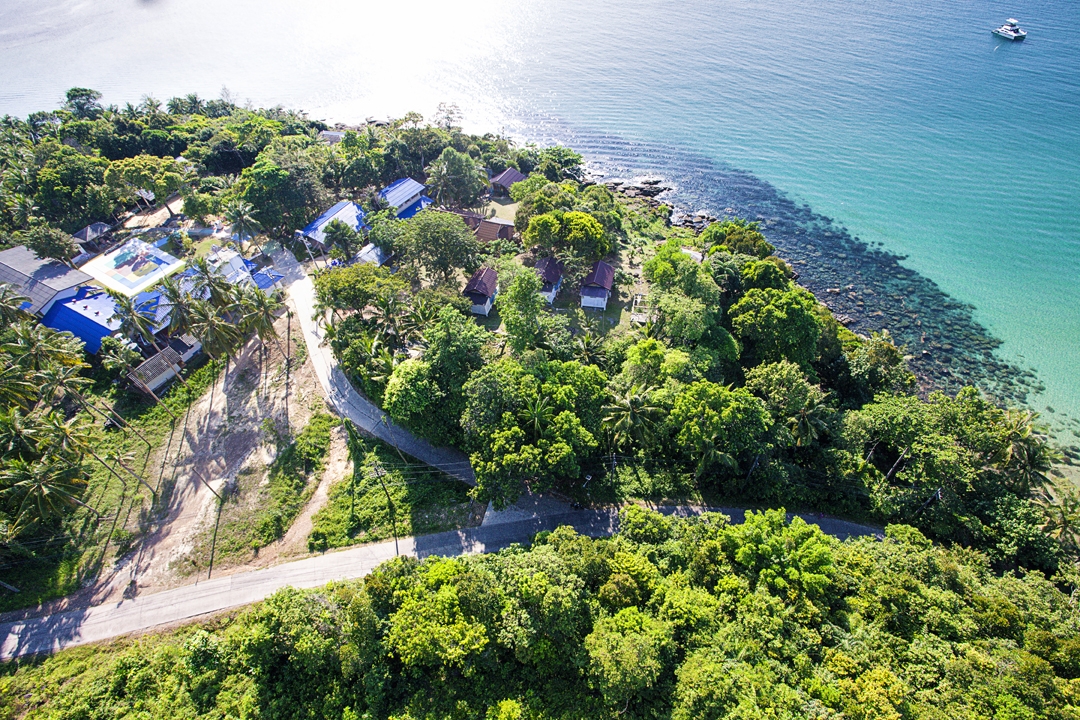Writer John Borthwick discovers that Chiang Mai, Thailand’s historic Rose of the North is far more than a “Mini-Me” Bangkok. Here are John’s Top Ten Chiang Mai attractions and experiences.

1. Temple Town
Chiang Mai has been called a “300-wat town”. Stick a pin anywhere in the map of its Old Town and you’ll find a Buddhist wat. They’re democratic places, open to all; just dress modestly and enter barefoot. The largest, Wat Chedi Luang has a massive, 600-year old stupa, while the oldest, Wat Chiang Man dates back to 1297. The superstar however is Wat Phra That Doi Suthep, a 14th century hilltop complex 30 minutes’ drive from the city. Doi Suthep (as it is known) challenges a visitor on arrival. Will you climb its grand, 309-step “stairway to heaven” and make spiritual merit? Or just take the elevator? Whatever way you ascend, the summit resembles a dreaming-spired Buddhist Camelot peopled by marigold-robed monks and pilgrims. thainationalparks.com
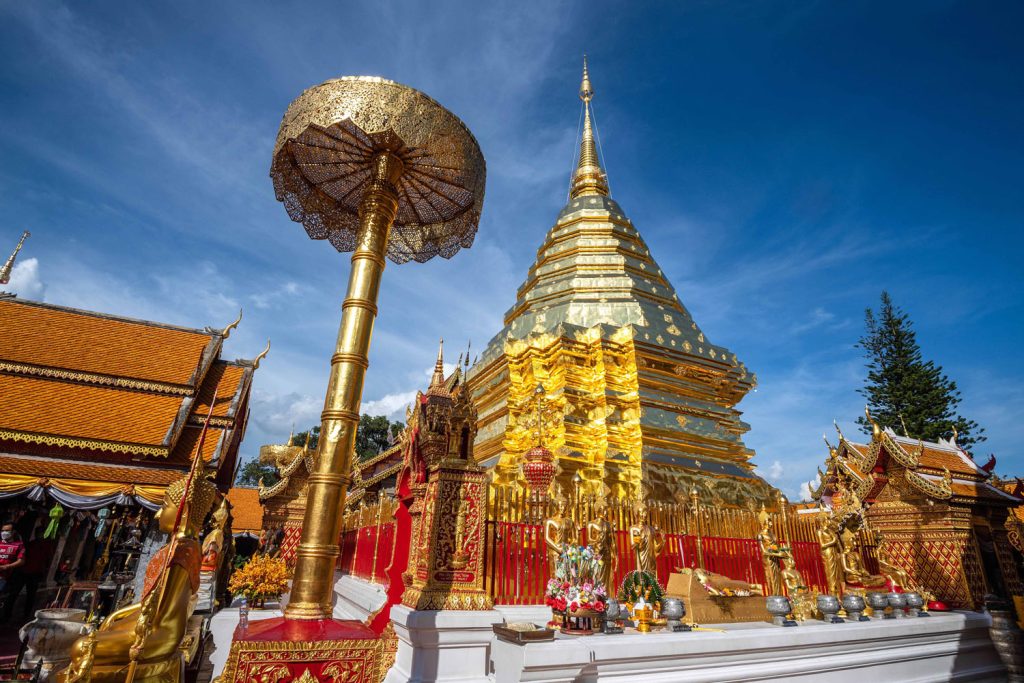
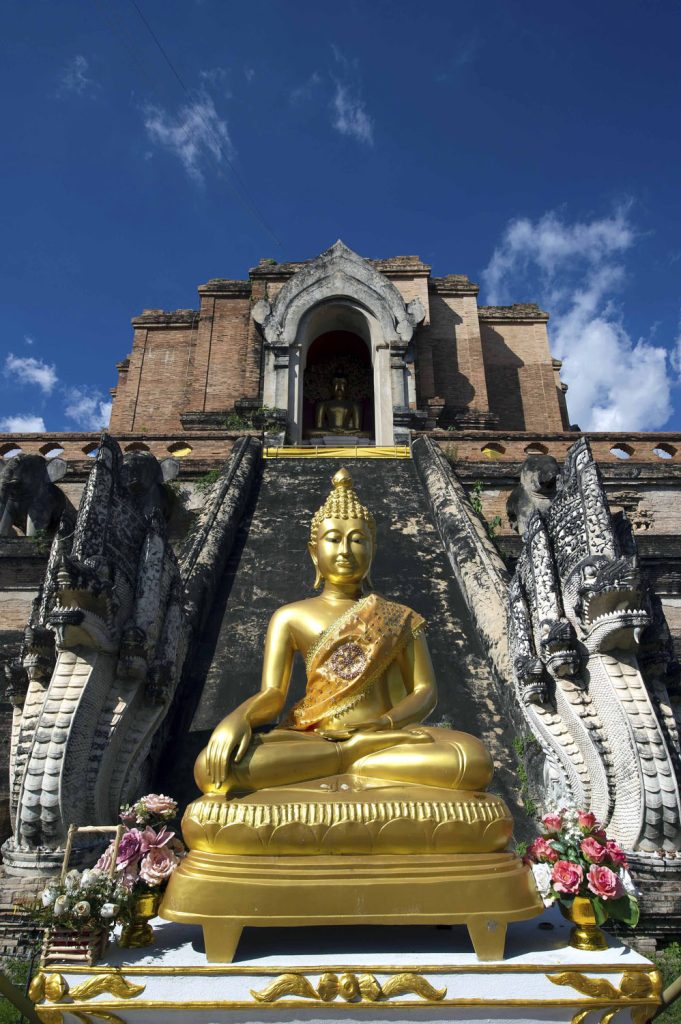
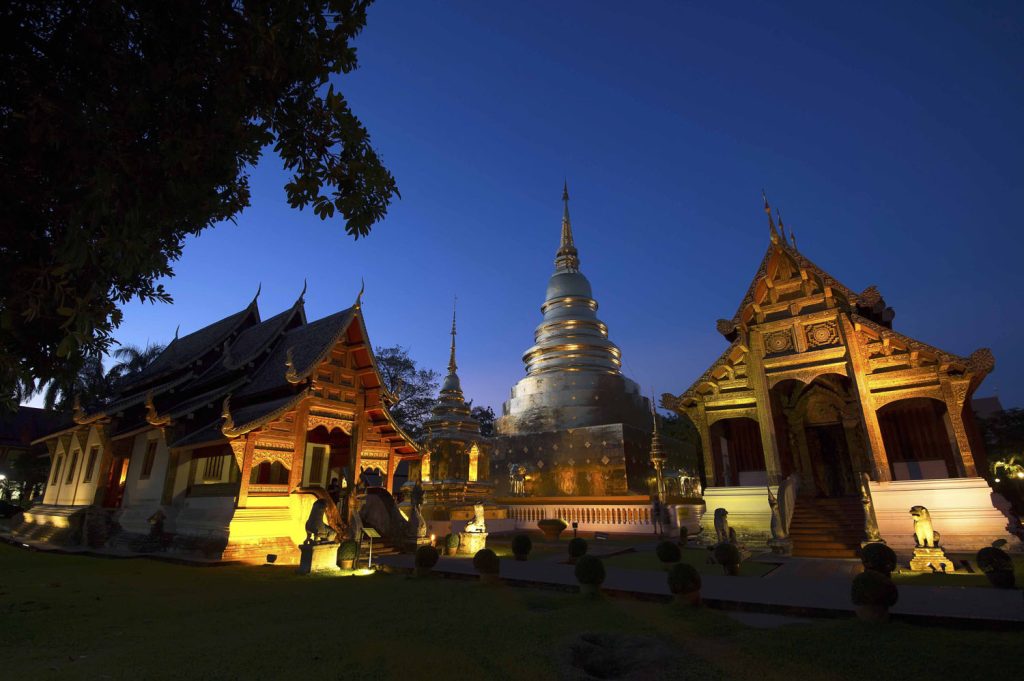




2. Street Marketing
The Night Bazaar is a Chiang Mai institution but the stuffed elephant toys, satin muay thai shorts and other tat sold there can be found in any market across Thailand. For more originality head to the Sunday Walking Street Market that spills through the Old Town from Tha Phae Gate to Wat Phra Singh. It’s a hyperactive kilometre with hundreds of stalls offering everything from artworks and fashion wear to foot massages and fried grasshoppers. And plenty of elephant trinkets, if that’s your mission. Thronged by Thais and visitors it can be a shoulder-to-shoulder experience, but fun. There’s a quieter Saturday afternoon alternative on Wualai Road near Chiang Mai Gate, or the nightly Anusarn Market (clothes, food, massages) off Chang Klan Road. tourismthailand.org

3. Tour du Jour
Chiang Mai is a province as well as city. Sample both on a guided day trip such as the Heart and Soul of Chiang Mai tour, which starts amid the truly local Warorot and Ton Lamyai markets beside the Ping River. The city’s remaining traditional samlors (tricycle pedal taxis) are based there and the tour gets onboard with them for a unique half-hour ride across town to Wat Phra Singh and the giant stupa of Wat Chedi Luang. Then it’s a short drive out to Doi Suthep temple with its sweeping Naga stairway and dramatic vistas. As the locals say, “If you haven’t been to Doi Suthep, you haven’t been to Chiang Mai”. Continuing deeper into the countryside you reach the hilltribe village of Doi Pui for lunch, followed by visiting a Hmong family’s coffee shop for a brew with misty mountain views. chiangmai-alacarte.com

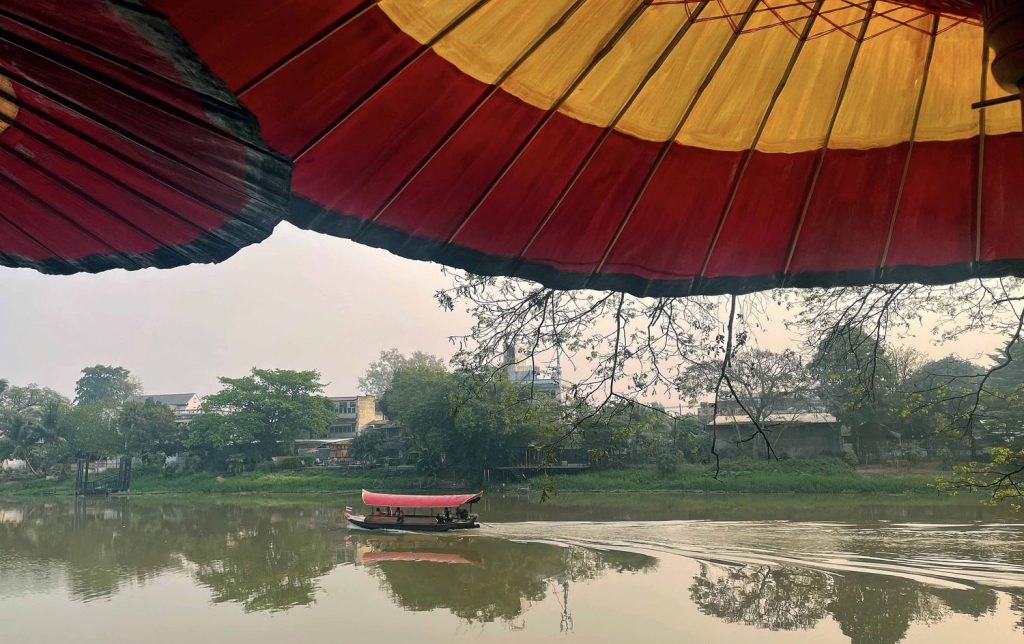


4. Shopping
Chiang Mai isn’t Mini-Me Bangkok. It might “lack” the capital’s mega-malls, but shopping here is about more than trawling for “genuine fake” Louis Vuitton threads and soccer hero shirts. Like smart malls anywhere in the tropics, Chiang Mai’s dangle that irresistible hook – five-star air-conditioning. The most upmarket mall, Maya in the Nimman Hamin district (aka Nimman) is a short taxi ride from Old Town. With six floors of brands, beauty clinics and eateries, you can come away with anything from new Nikes to an impulse-purchase Harley-Davidson. Diagonally opposite Maya is a novel option, the terracotta-coloured One Nimman “lifestyle mall”. Think Tuscany-in-Thailand, complete with a Siennese clocktower, it features artisan gift stalls and designer fashion stores. Fixed prices, no fried grasshoppers. Meanwhile, individual creativity blooms in the side-street boutiques off Nimman Hamin Road that specialise in contemporary art, ceramics and hilltribe textiles. onenimman.com

5. Superspa
For over 700 years Chiang Mai was the capital of the northern Lanna kingdom. Today it seems like the capital of massage. Name your favourite torment: traditional Thai or oil massage? Leg-and-foot prod? Neck-and-shoulders pummel? Oasis Spa, set in a private garden of ancient banyans and scampering squirrels can trump all those and then add esoteric scrubs with Himalayan salt or golden silk cocoons. But skip the exotica and go for the signature, two-hour “King (or Queen) of Lanna” treatment, a traditional oil massage enhanced by hot stones or compresses. Indicate your preferred pressure and two skilled hands or occasional elbows begin to work their spell. The ambient music is hypnotic (no breathless panpipes or gurgling rainforests). Time evaporates. Muscles melt, as do your neck and shoulder knots. The old Lanna rulers would have loved it. oasisspa.net

6. Night Moves
Nightlife in the Rose of the North is more decorous than what’s found at Bangkok’s vertiginous roof bars and thumping go-go’s. Chiang Mai has no one, stand-out venue (in fact, many places score mixed reviews) but for rooftop drinks try the Akyra Hotel’s Rise Bar or Maya mall’s top-floor Myst. Both are in upscale Nimman, as is the street-level Warm-Up music club. For beer bars, take a walk on the mildly wild side, along Loy Kroh Road. More elegant are cocktail venues like the historic 137 Pillars House hotel, House Lounge or the North Gate Jazz Co-op. There’s plenty of energy in the live music and sports bars clustered at the Zoe in Yellow complex on Ratchawithi (Rajvithi) Road. And right next door, the open-air Lanna Square is an adventure in homegrown Thai and multicultural grazing. 137pillarshotels.com

7. Historic Dining
During the teak logging boom a century ago, an imposing British consulate, complete with four-elephant stable stood beside the Ping River. The teak wallahs are long gone but the 120-year old consular residence lives proudly on in the grounds of the Anantara Resort. Start at the downstairs Brit Bar with its deep leather lounges and an intriguing house specialty, Anantara Gin. Claiming “14 secret botanicals” – including sticky rice(!) – it conjures notions of Colonel Sanders Goes East but it slides down very well, thank you. Then move upstairs to dine in espionage-themed The Service 1921 Restaurant – as in Her Majesty’s Secret Service. Starters include roast bone marrow, while the grill choices like Phuket lobster or New Zealand Wagyu are top notch. The folly Anglophilia extends when a waiter dressed in 1920’s plus-fours and suspender braces rolls out a “lolly trolly” overflowing with jelly beans and candy-striped English gob-stoppers. anantara.com

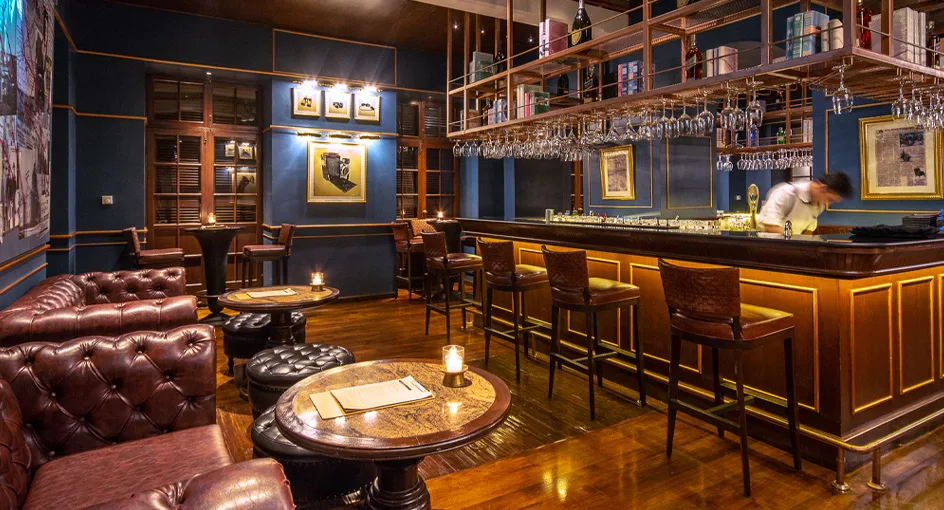





8. Take a Hike
Doi Inthanon, “the Roof of Thailand” is the country’s highest peak. One hundred km southwest of Chiang Mai, its national park forests are a year-round getaway. You can drive almost to the top and then follow boardwalks through the gothic mists and rhododendrons to the 2565-metre summit where a shrine commemorates one of the last Lanna kings, Inthawichayanon after whom the mountain is named. Along with its cloud forests and waterfalls Doi Inthanon National Park has the greatest diversity of forest and bird species of any Thai reserve. Local companies like Green Trails run guided hiking tours of its Kew Mae Pan and Angka nature trails. On the way down, check the roadside market where local Hmong farmers sell an array of exotic moonshines like mango vodka, lychee gin and pomegranate wine whose colours are as vivid as they hangovers they might precipitate. green-trails.com

9. Gymkhana Club
Prior to World War II, British companies held extensive logging concessions across northern Siam (as Thailand was then known). In 1898 a group of European and local “gentlemen loggers” founded the Chiang Mai Gymkhana Club. Thailand’s oldest sports club, it is still going strong. Huge raintrees shade the clubhouse and its 15 ha of park-like grounds. There’s golf course, cricket ground, a bar (of course) and good restaurant, all open to the public. Look for the unique Foreign Cemetery where a statue of Queen Victoria, imperial orb in hand, surveys a scattering of souls who’ve stayed on – consuls, warriors, loggers, wives and even World War II airmen. In 1898 King Rama V bequeathed this little plot in perpetuity to worthy non-Thais who might expire in this corner of his Kingdom. chiangmaigymkhana.com


10. Hotel: Anantara Chiang Mai Resort
It’s more than symbolic. Where a foreign legation once stood, a Thai-owned, five-star hotel now stretches along the Ping riverfront. The low-rise Anantara Chiang Mai Resort, designed by renowned Australian architect Kerry Hill, has 84 keys, with the premium Kasara Riverfront Suites delivering ever-changing, dawn-til-dusk river vistas. At the heart of the compound is the former consular residence (a golden teak classic) while an ancient meranti tree grounds the resort in its own history. Swimming pool, gym, cocktail bar, reading nooks, fish ponds and shaded walkways, all present and impeccable. A huge banyan tree shelters the riverside Bodhi Terrace, home to the best breakfast in northern Thailand thanks to its signature dish, eggs Lanna Benedict spiced with nam prik noom. The only thing to top this is a 90-minute Jao Ping cruise along the morning river, under its bridges, past mansions and markets, and stopping off at one of those 300 venerable temples, Wat Ket Karam to make merit and be blessed by a monk. anantara.com

Originally published in The Weekend Australian. Words ©2024 John Borthwick. Images ©2024 Tourism Authority of Thailand.


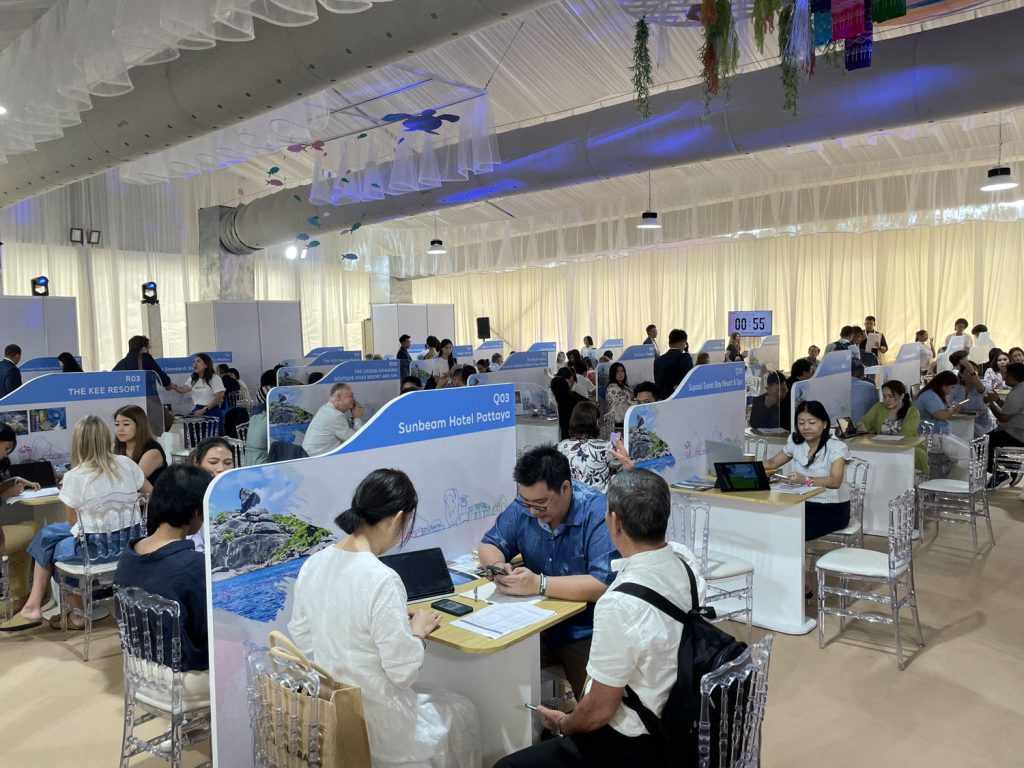

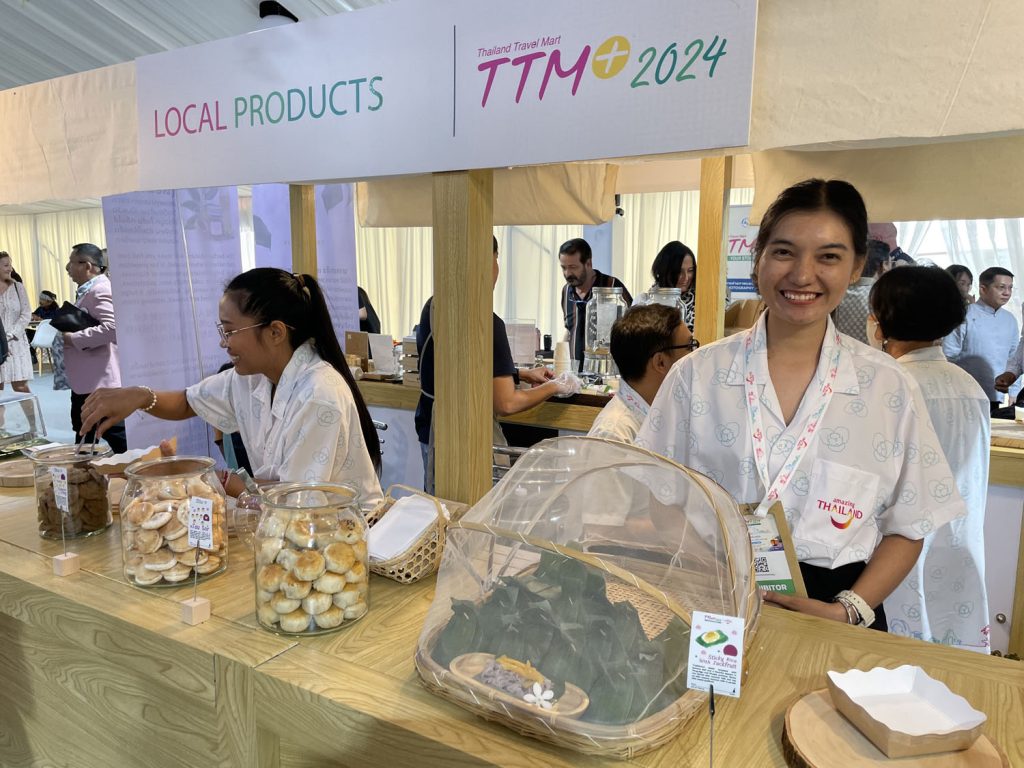




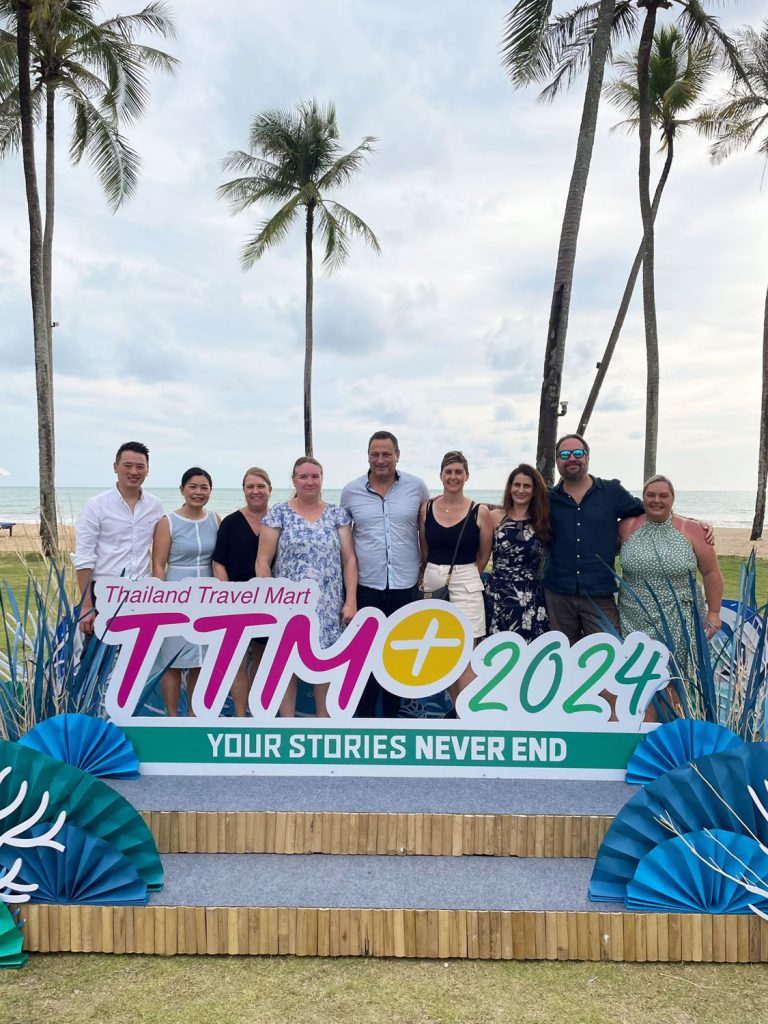
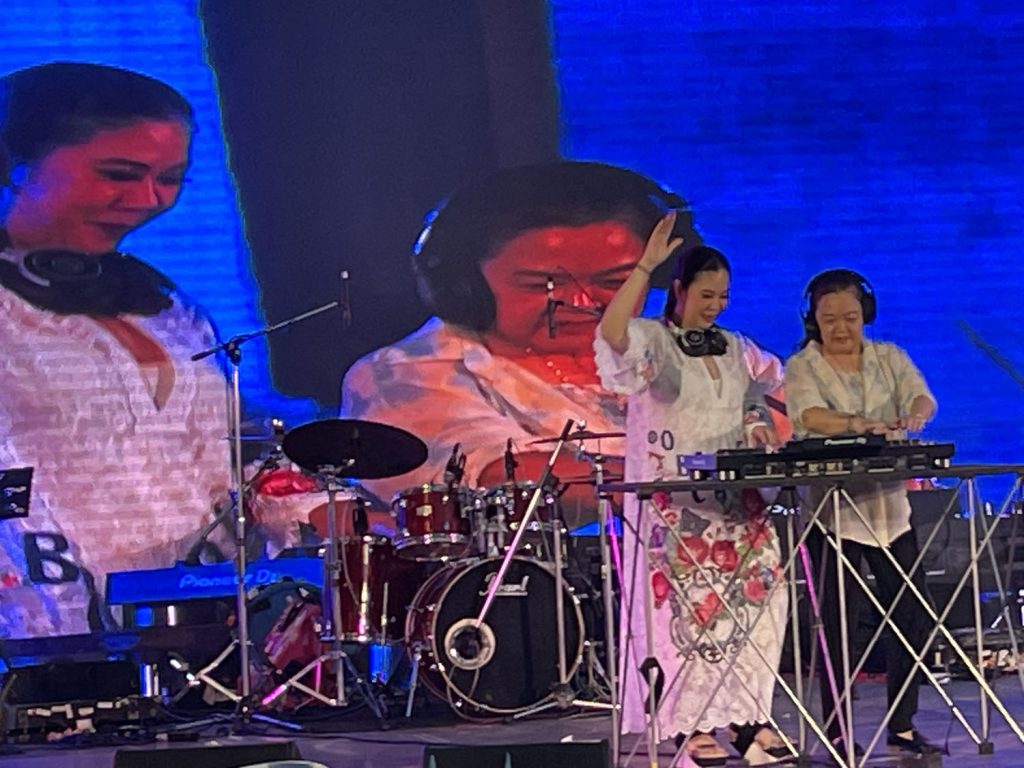

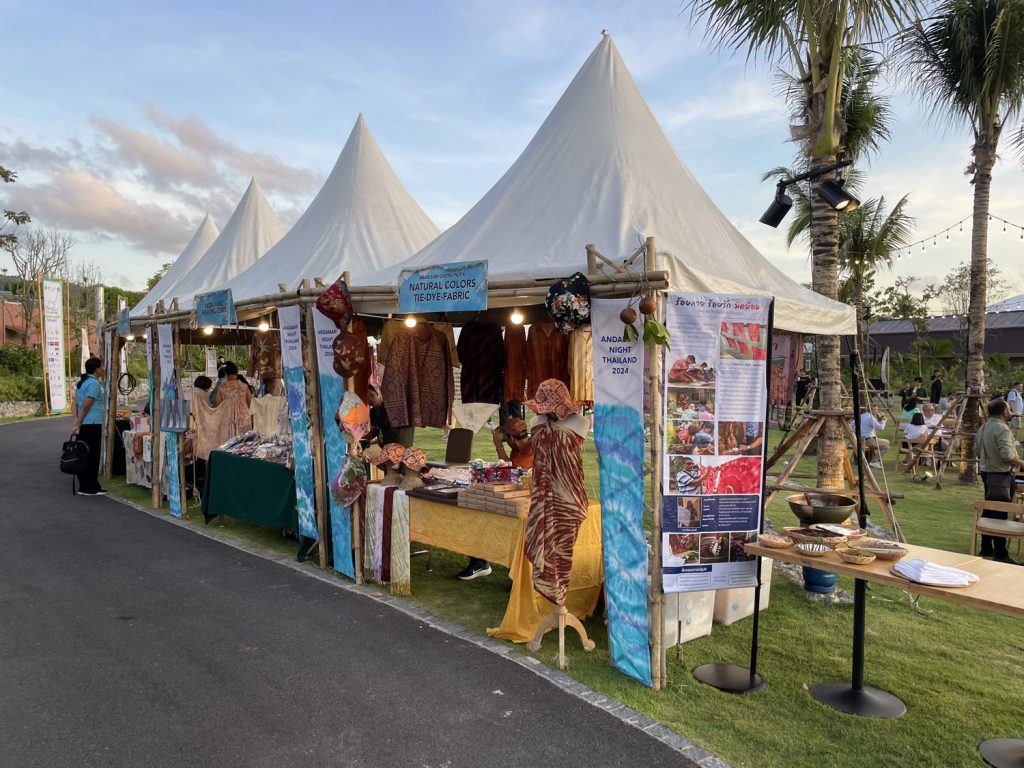
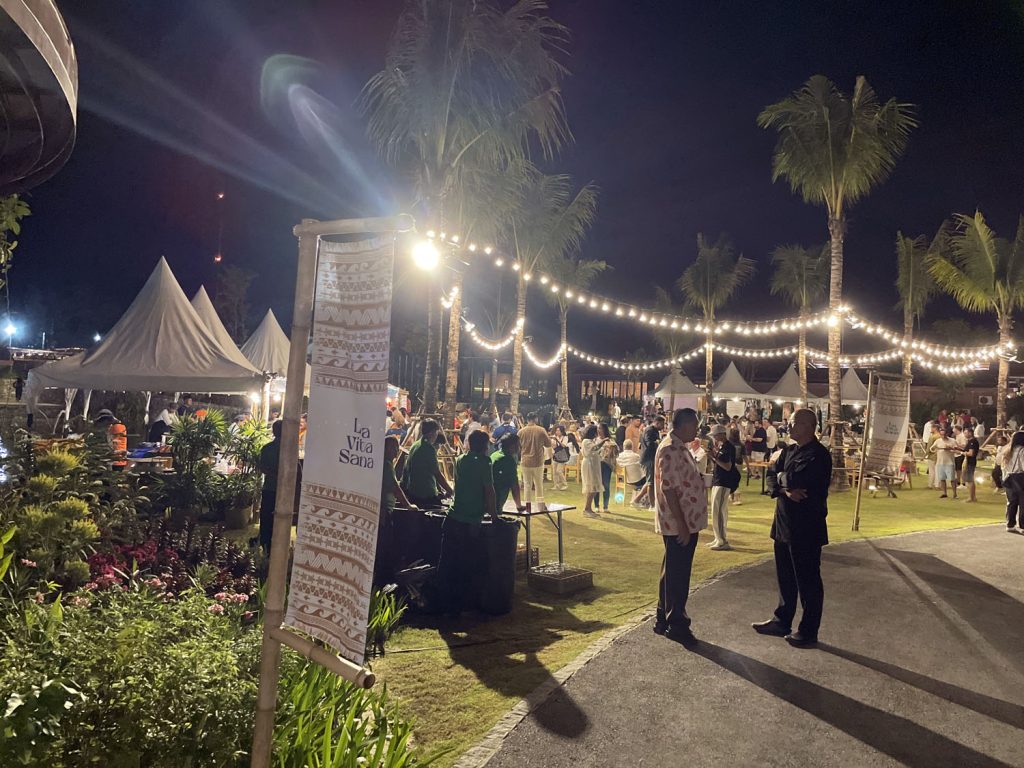

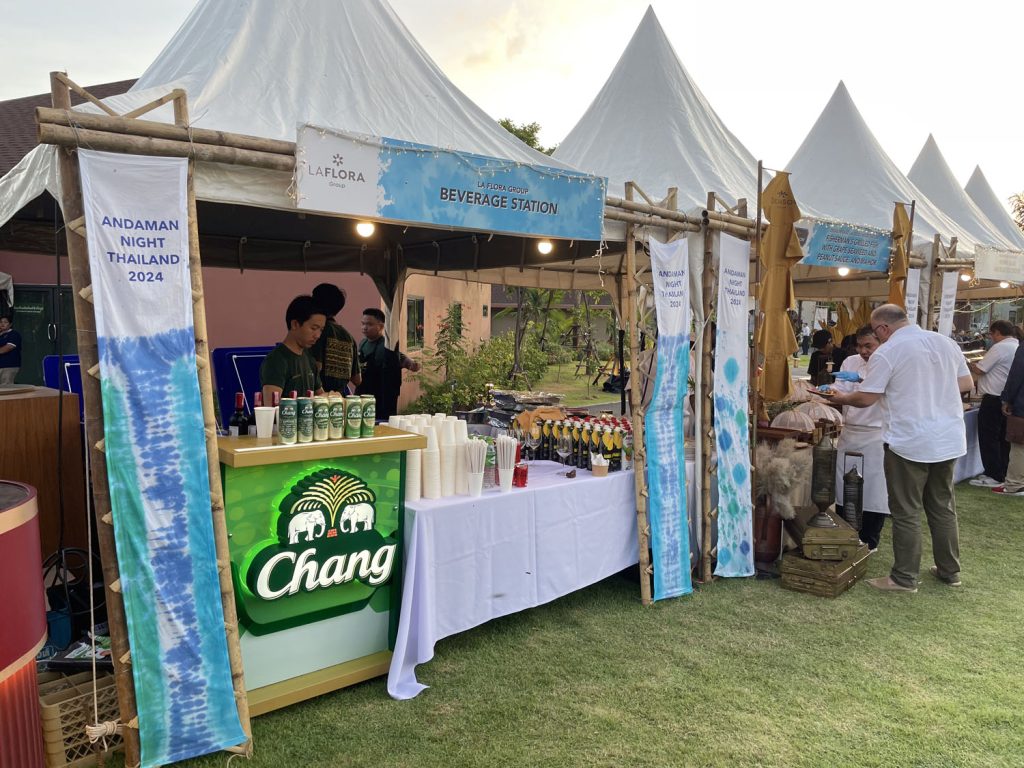
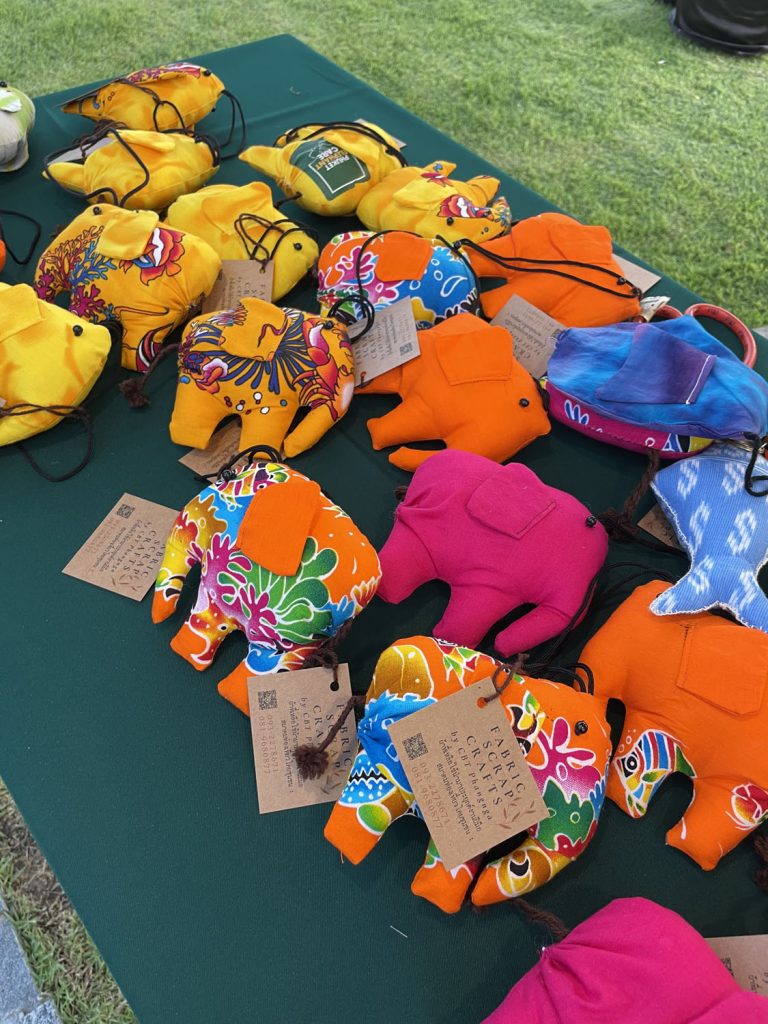
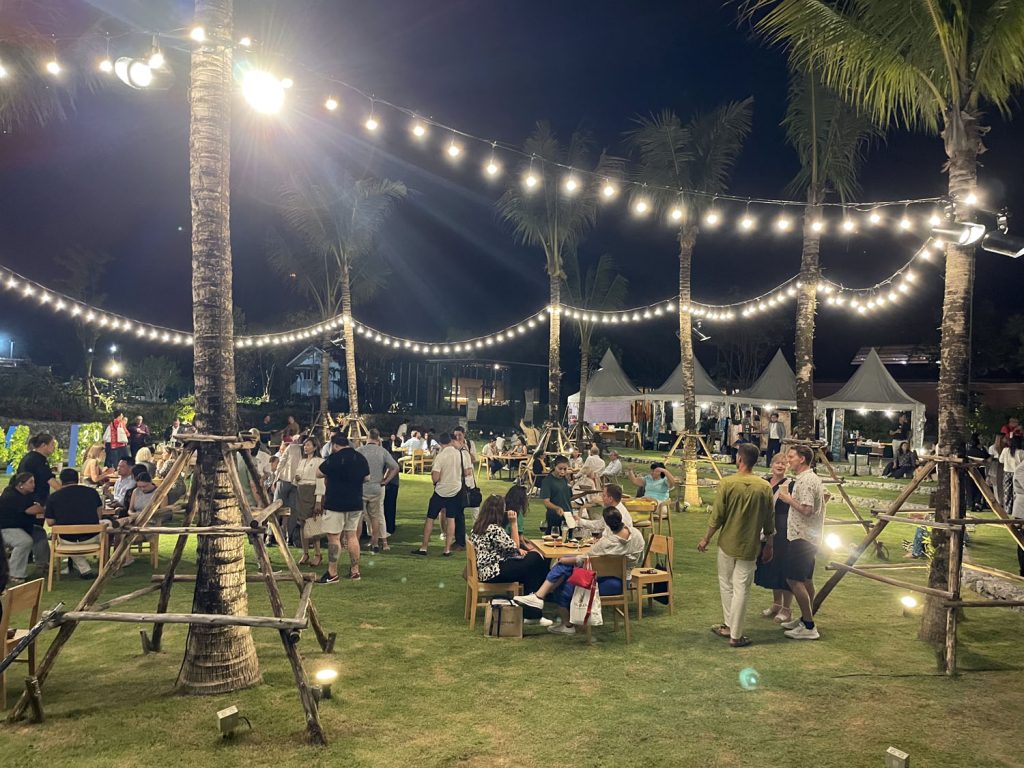
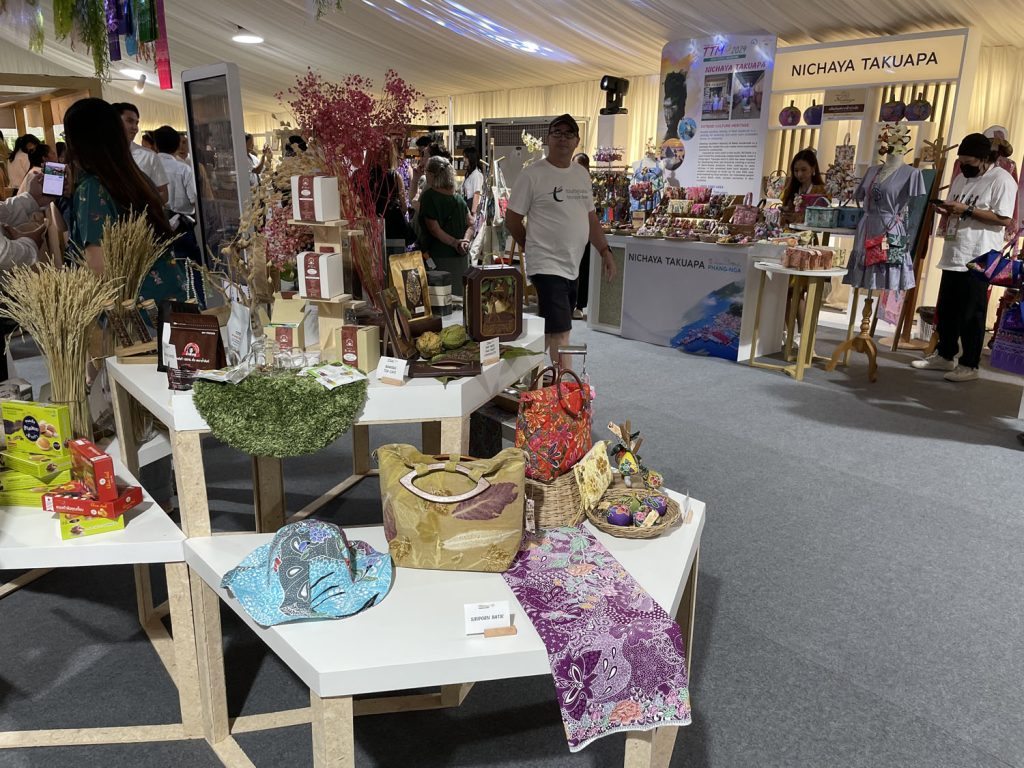

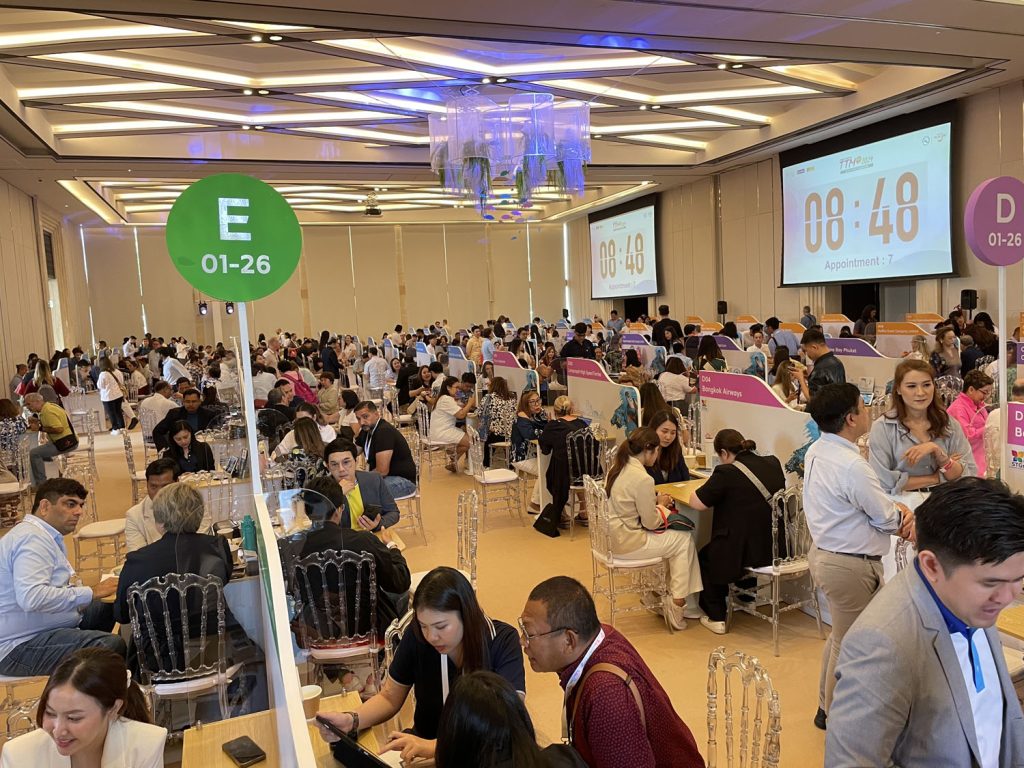






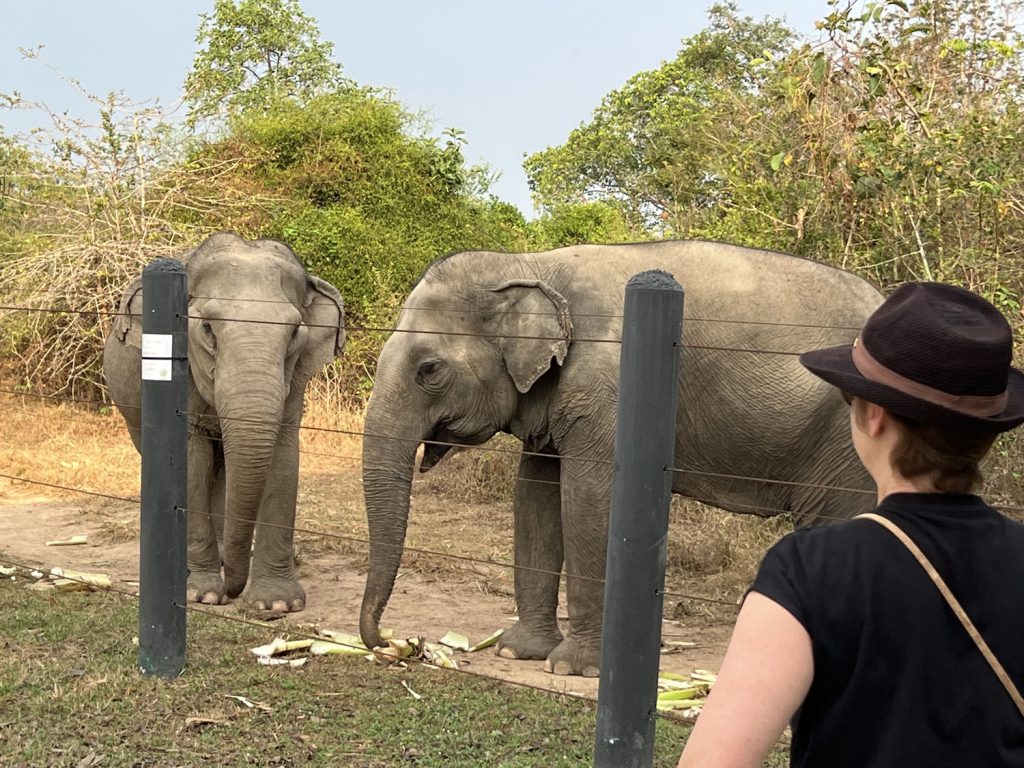


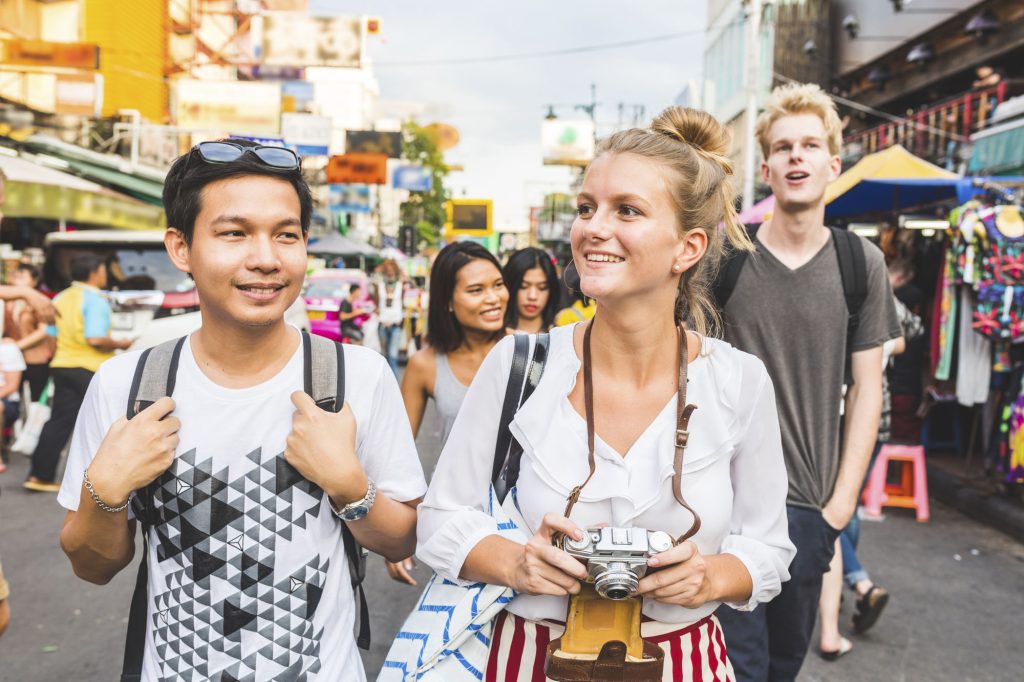



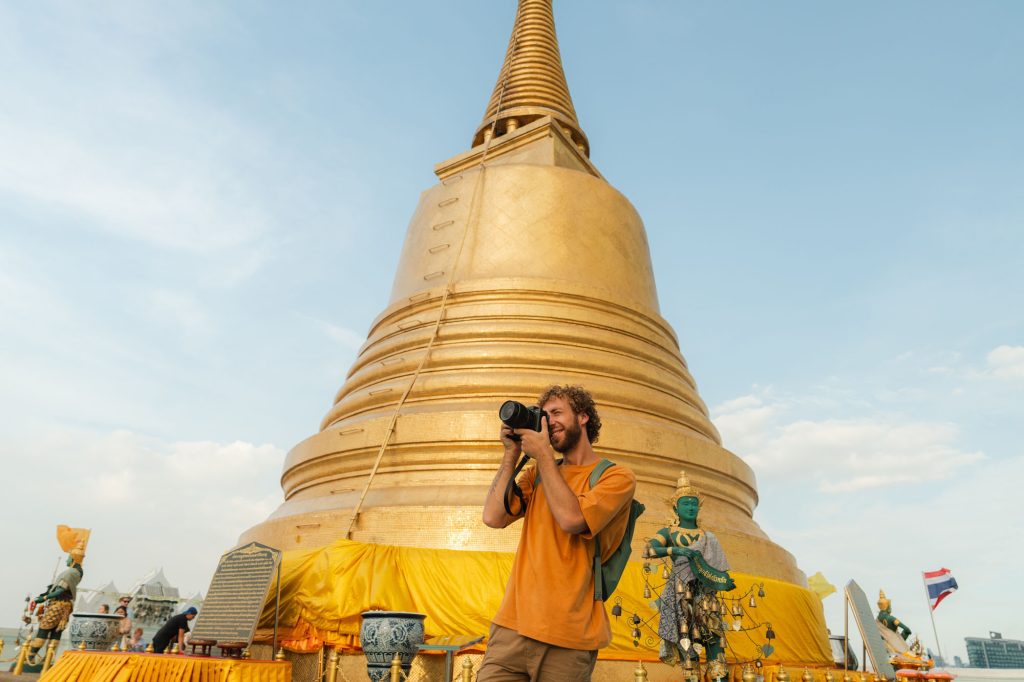




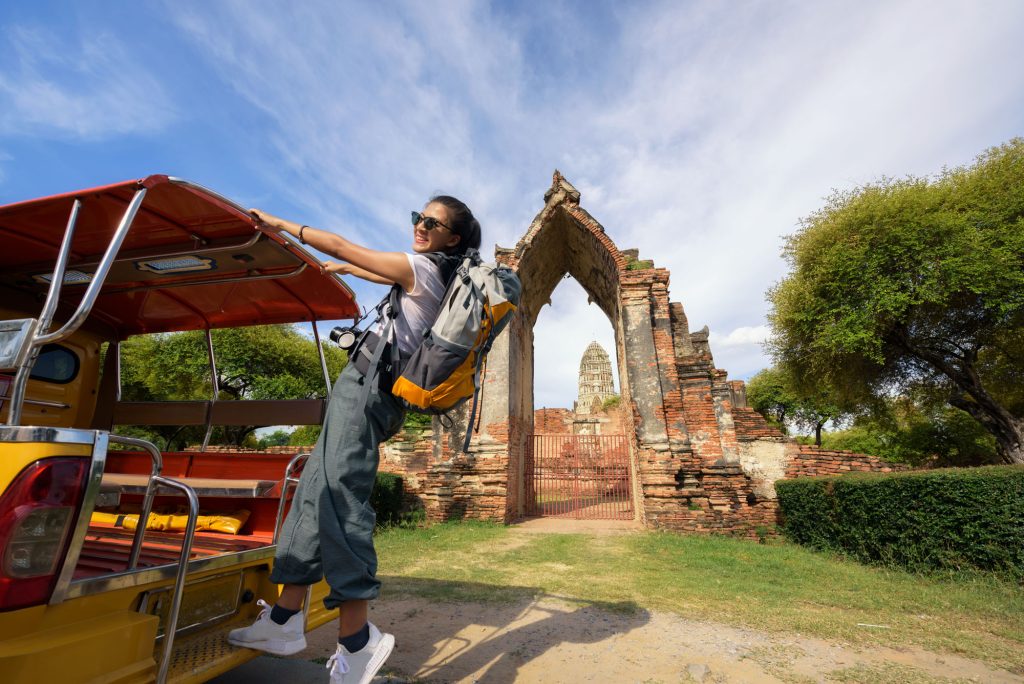

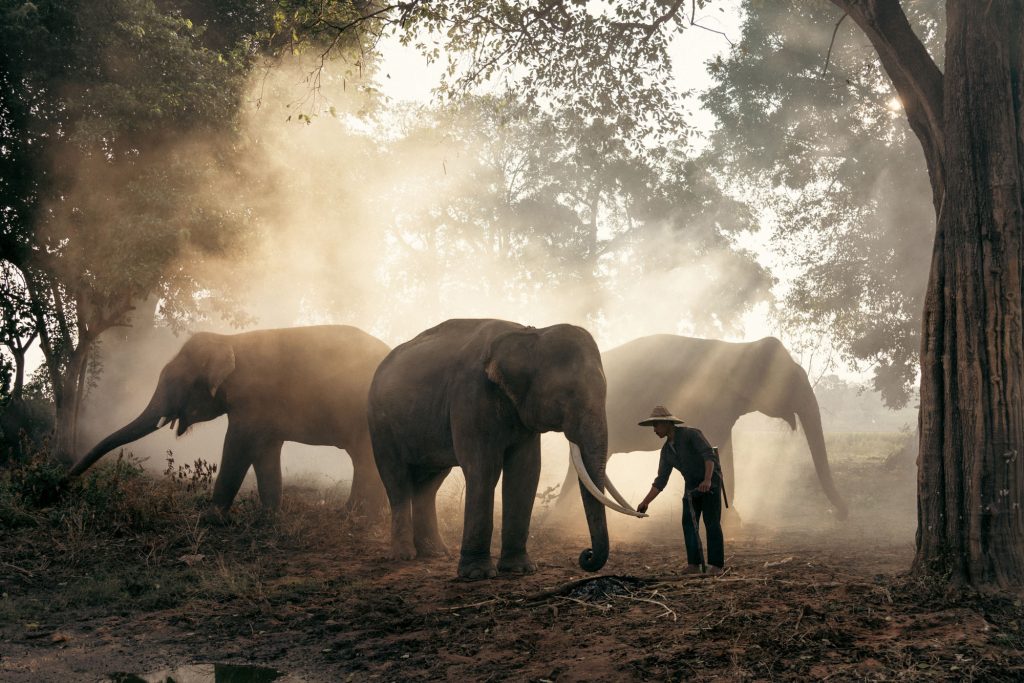
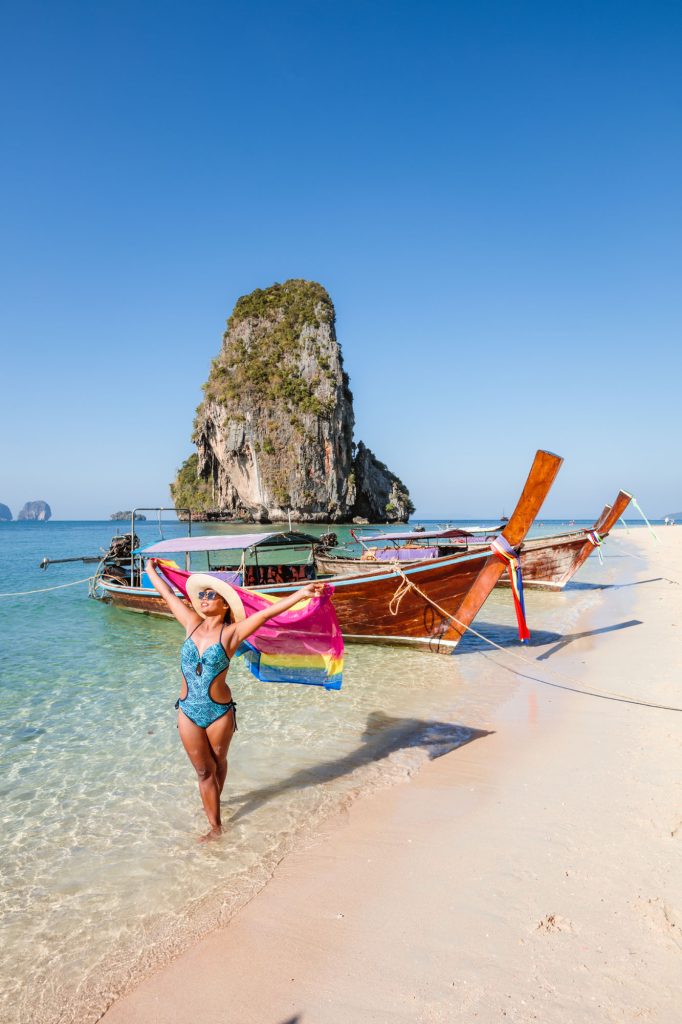
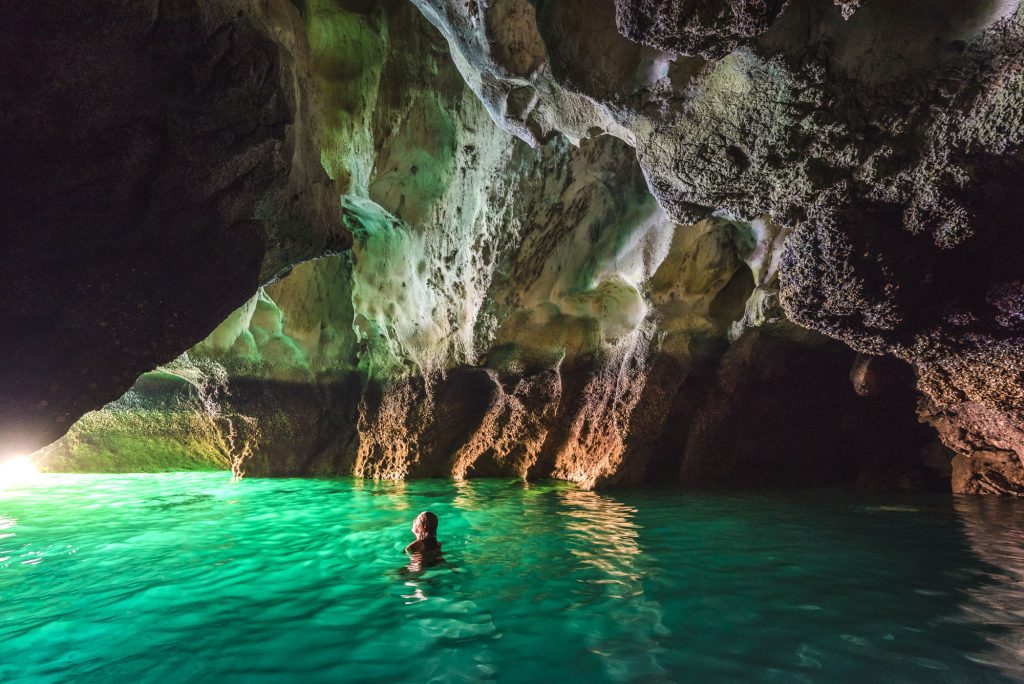

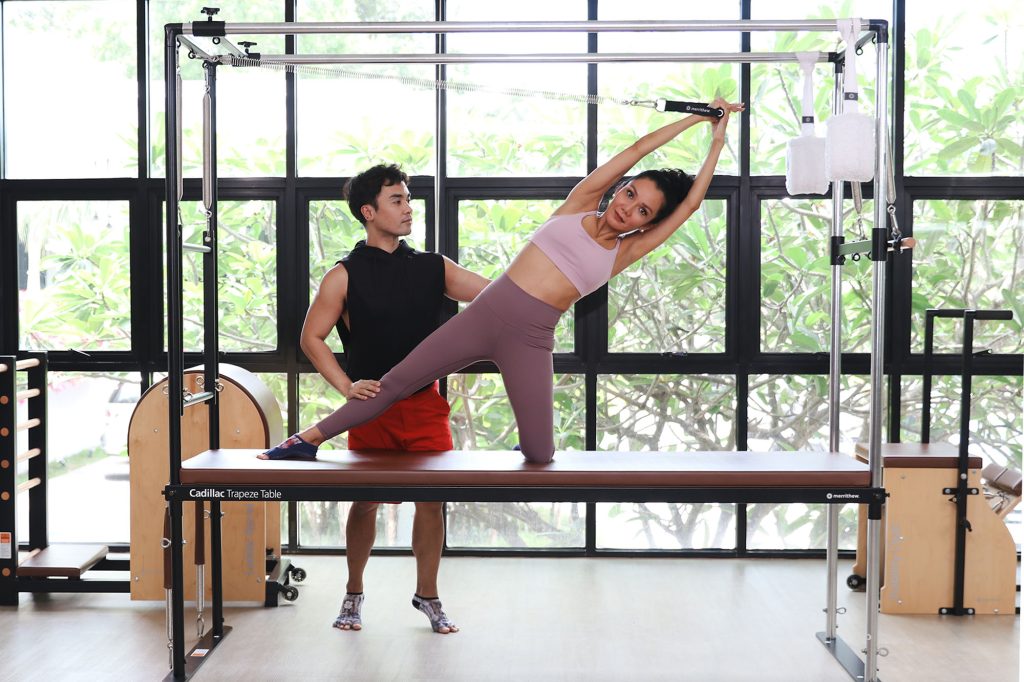


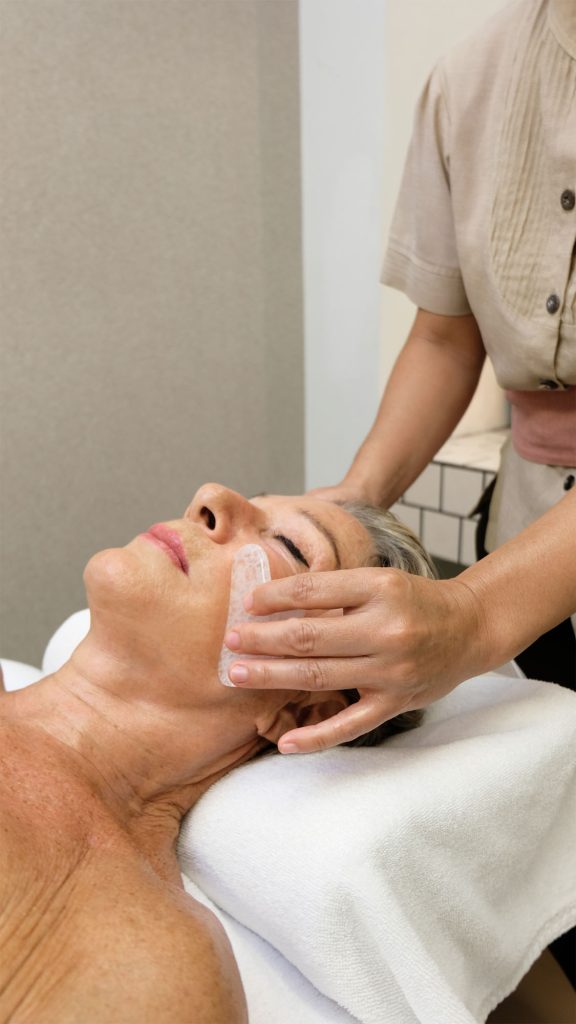
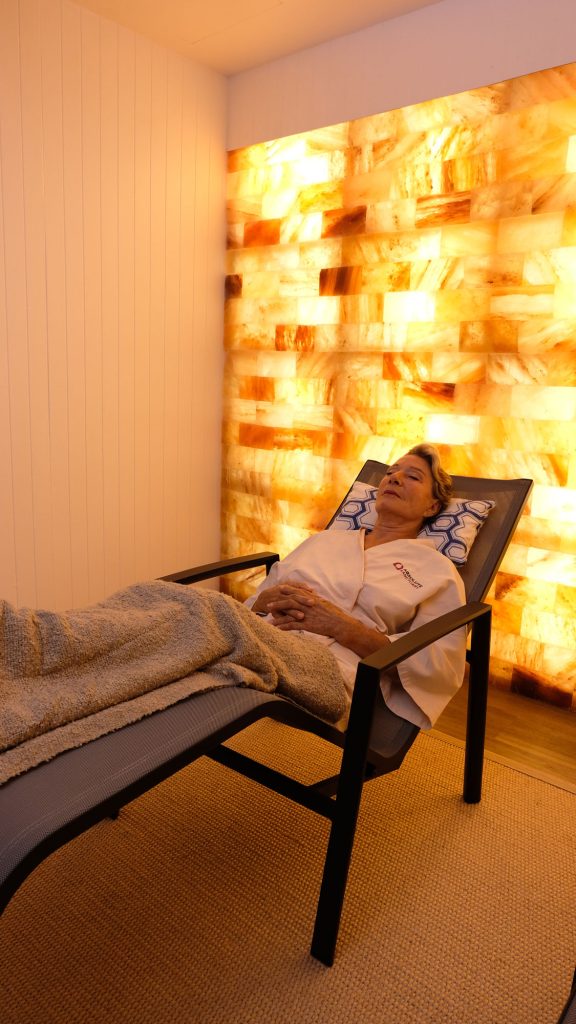
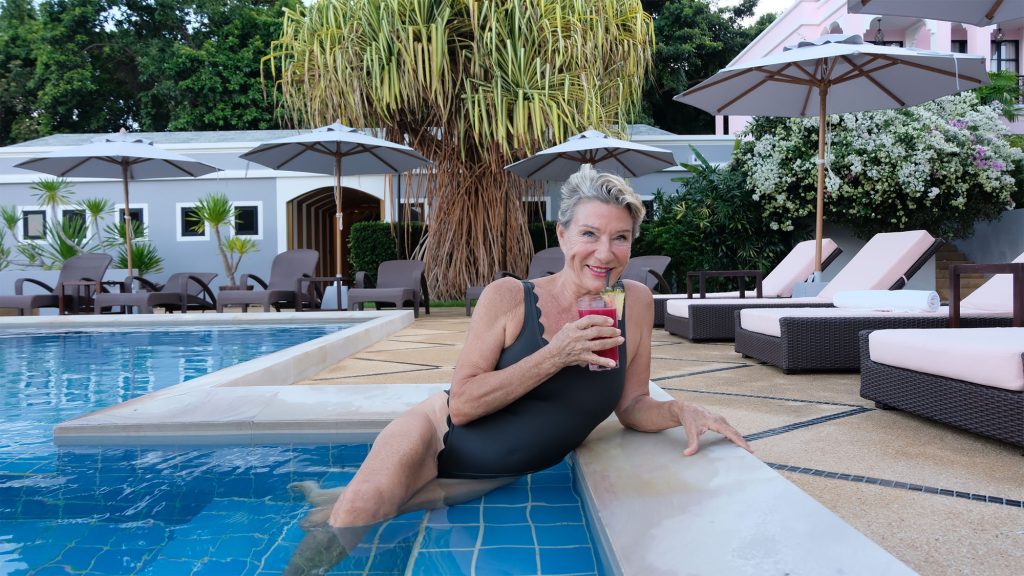
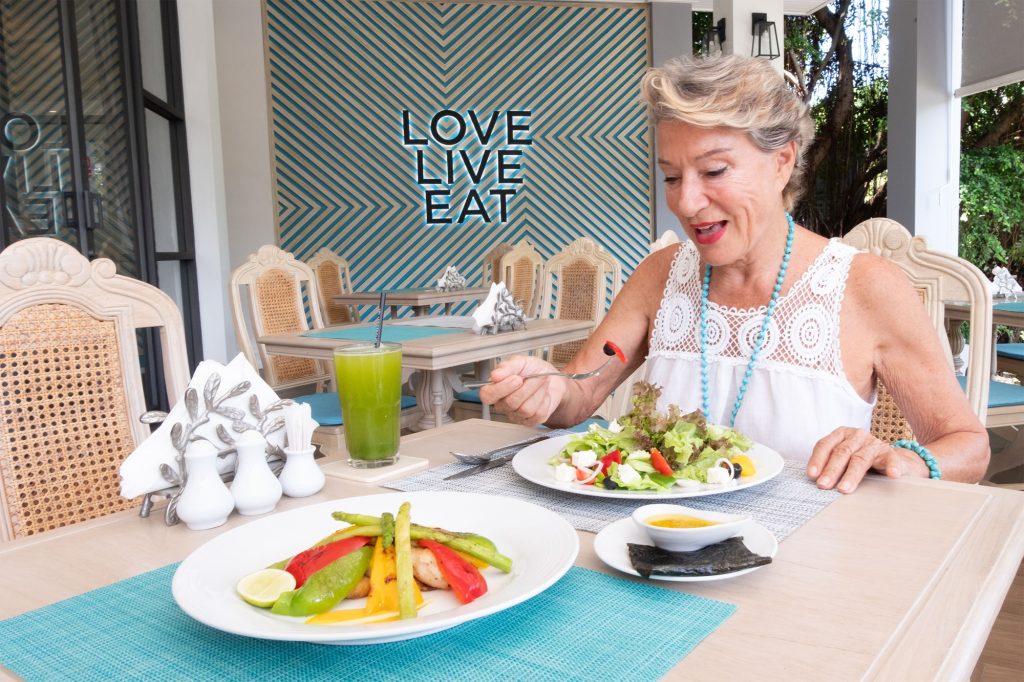


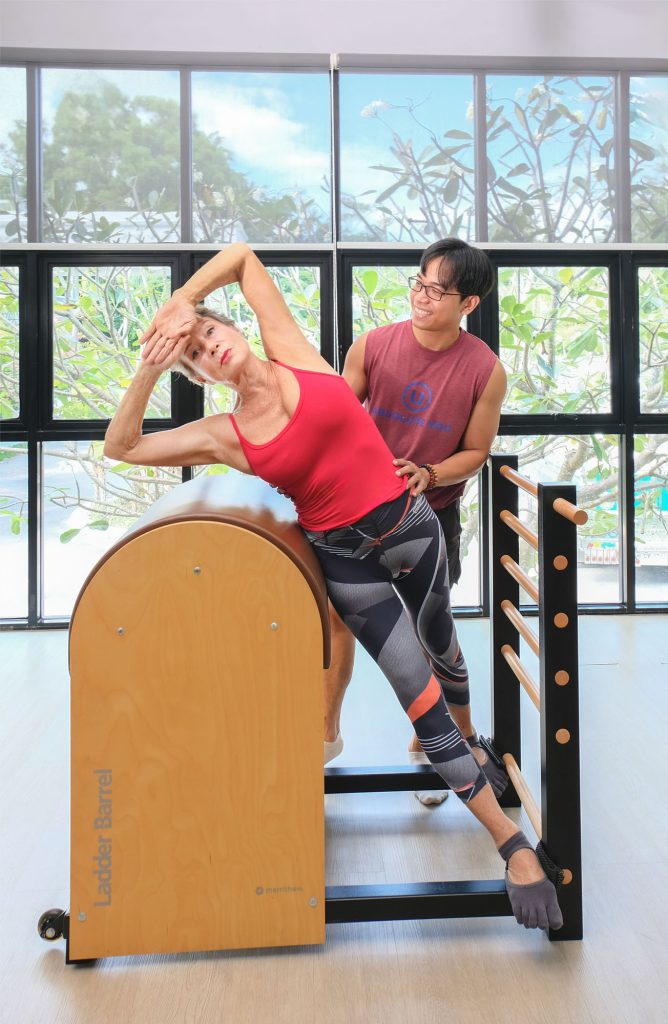


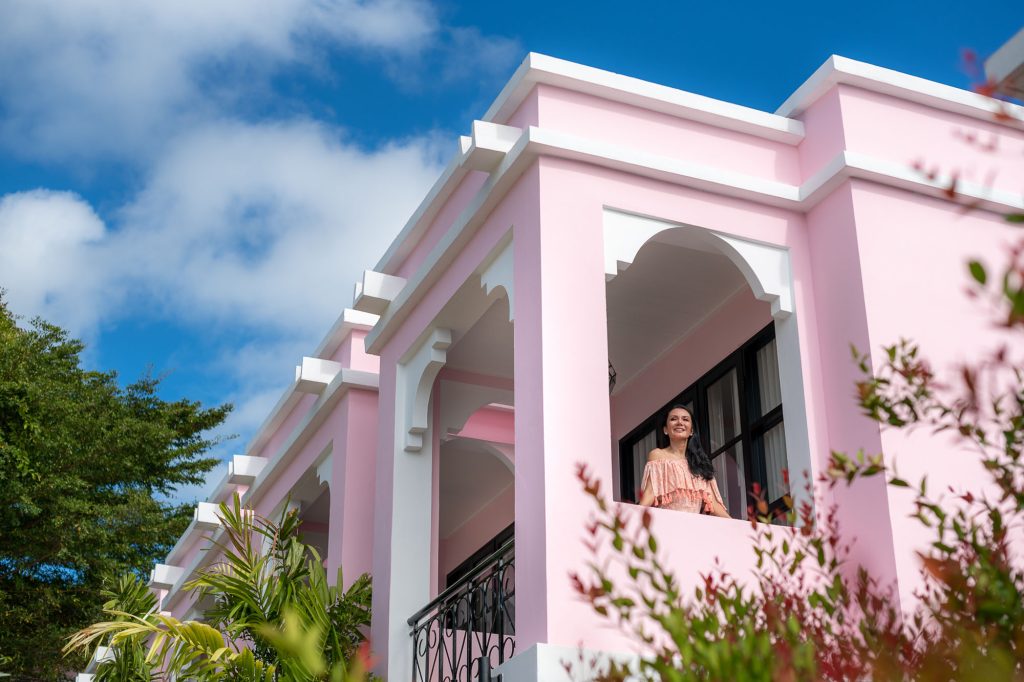
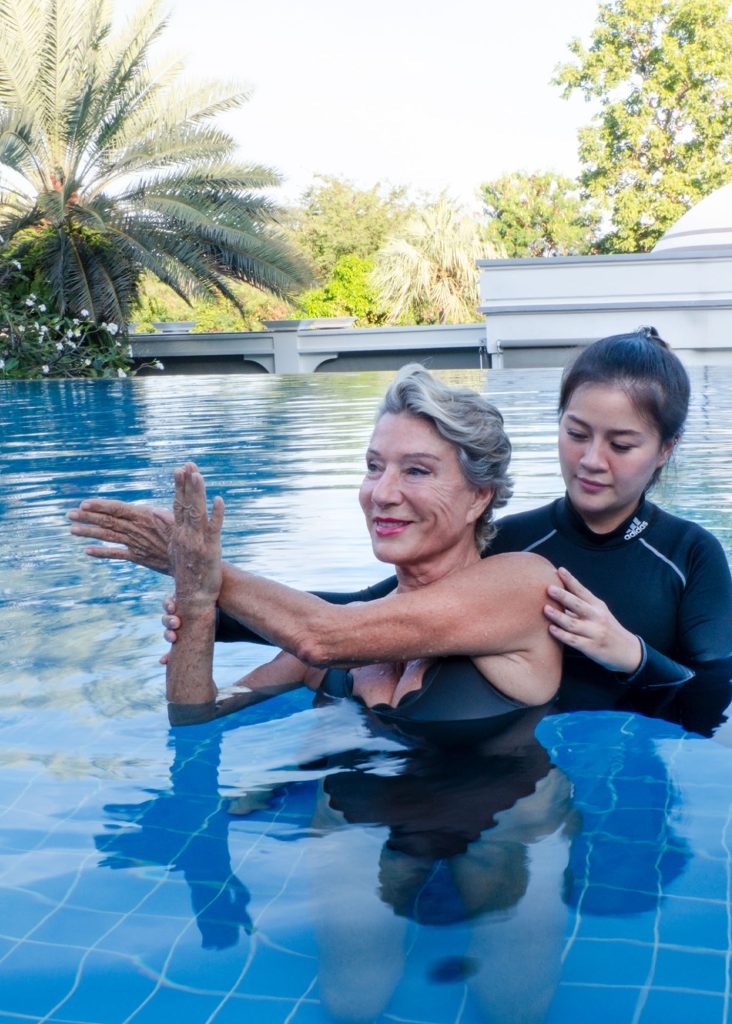





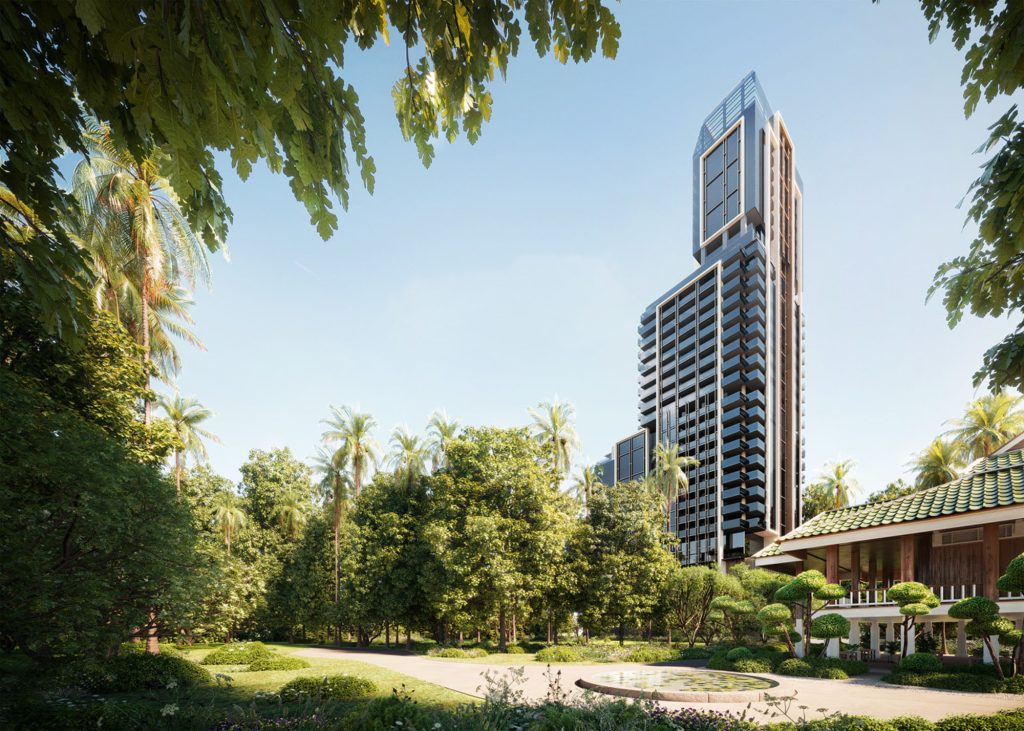







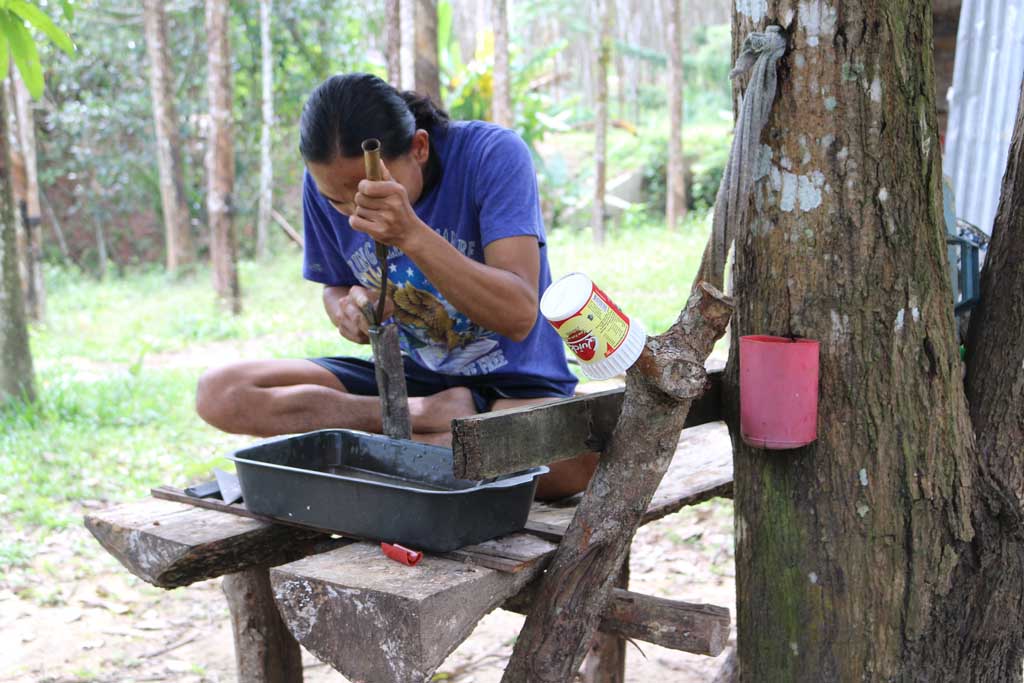
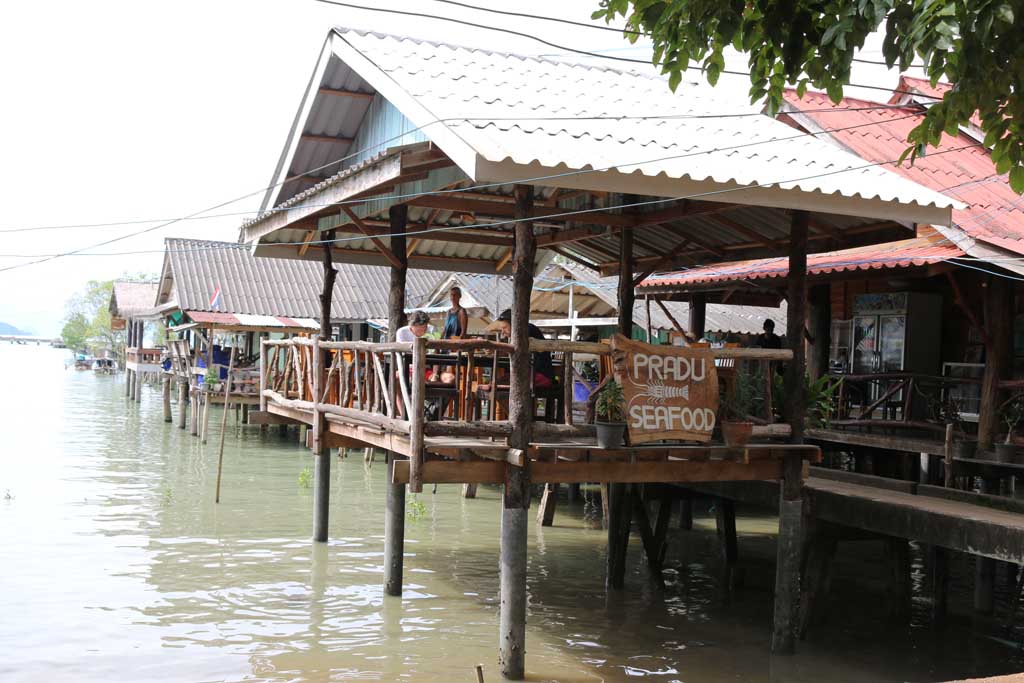


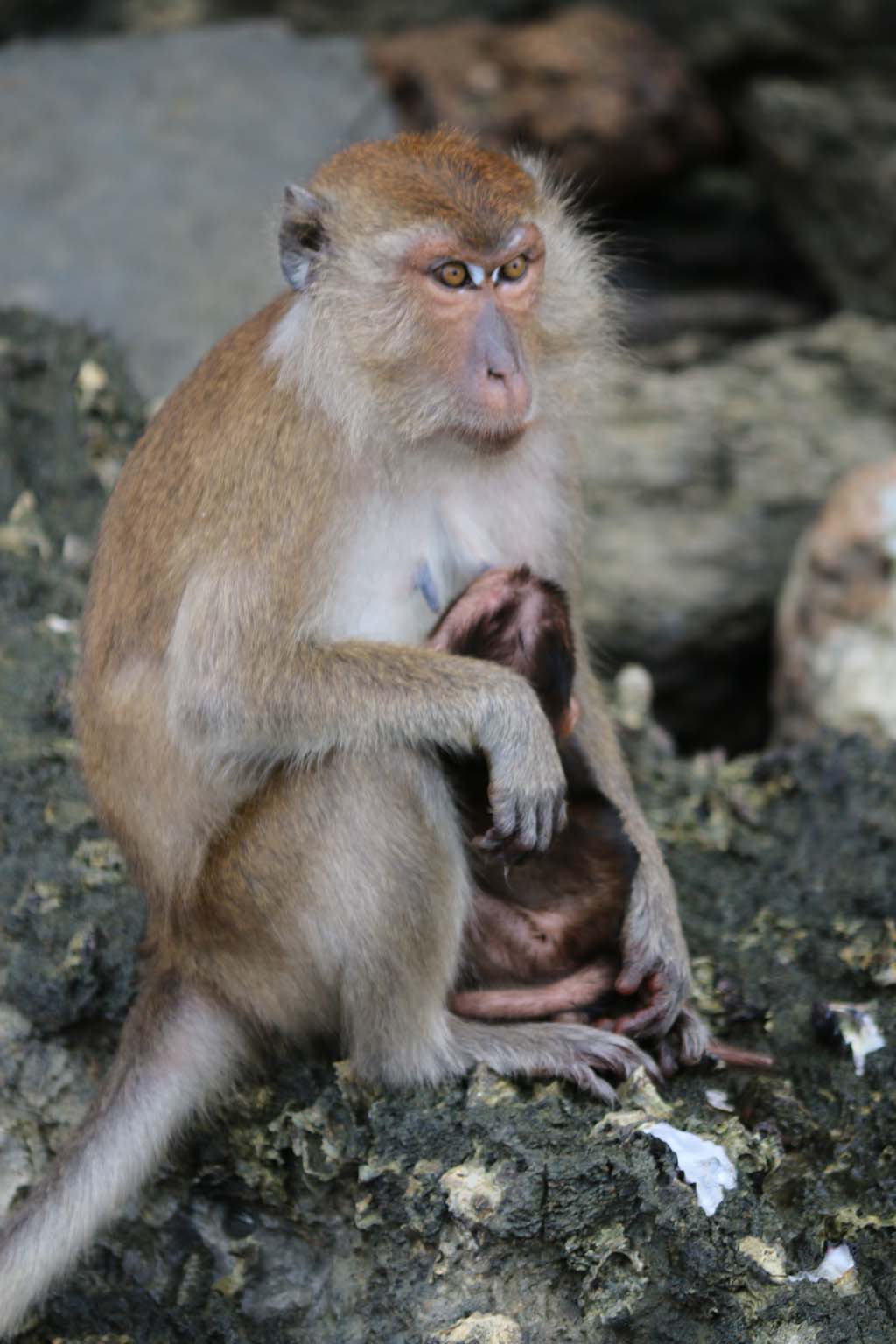
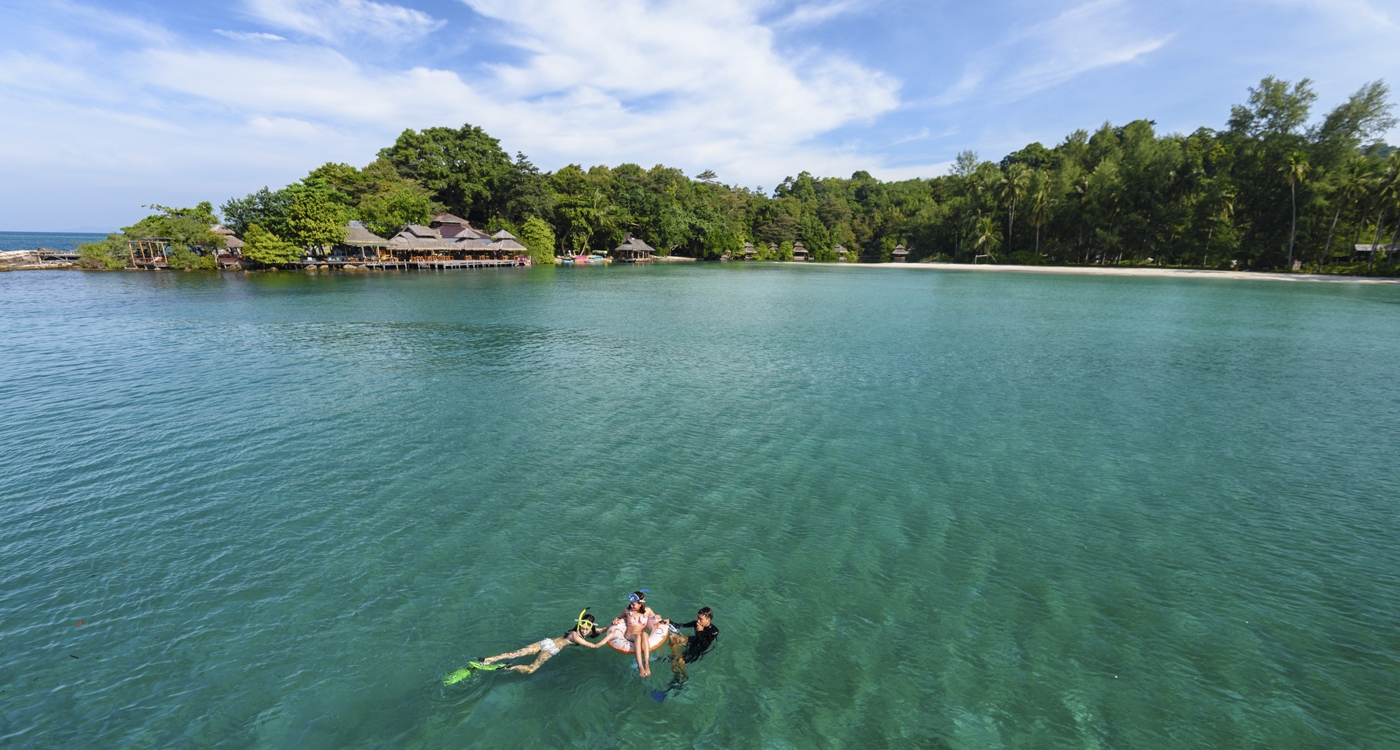 Koh Kood is in the southern province of Trat. Visitors can now experience a two-day, one-night Thailand homestay for as little as $50, which includes learning about local food, bicycle touring and trying your hand at craftwork, as travel writer John Borthwick discovers.
Koh Kood is in the southern province of Trat. Visitors can now experience a two-day, one-night Thailand homestay for as little as $50, which includes learning about local food, bicycle touring and trying your hand at craftwork, as travel writer John Borthwick discovers.